Astronomers using ESO’s SPHERE instrument at the Very Large Telescope (VLT) have revealed that the asteroid Hygiea could be classified
Continue reading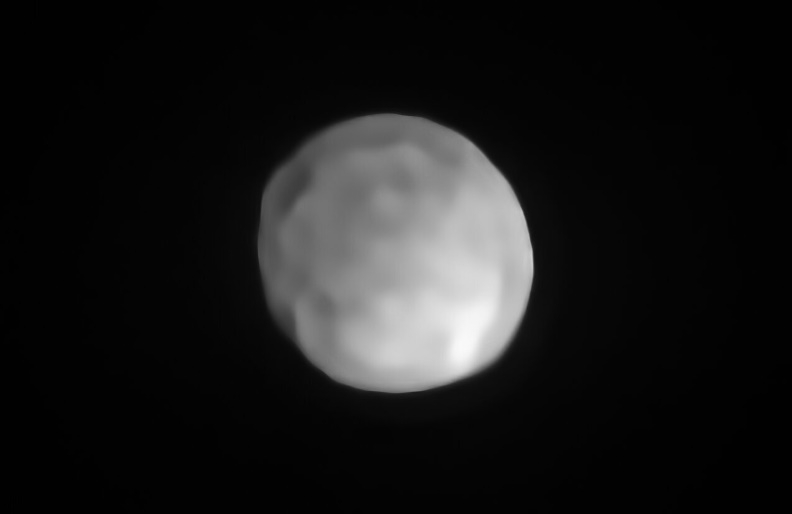

Astronomers using ESO’s SPHERE instrument at the Very Large Telescope (VLT) have revealed that the asteroid Hygiea could be classified
Continue reading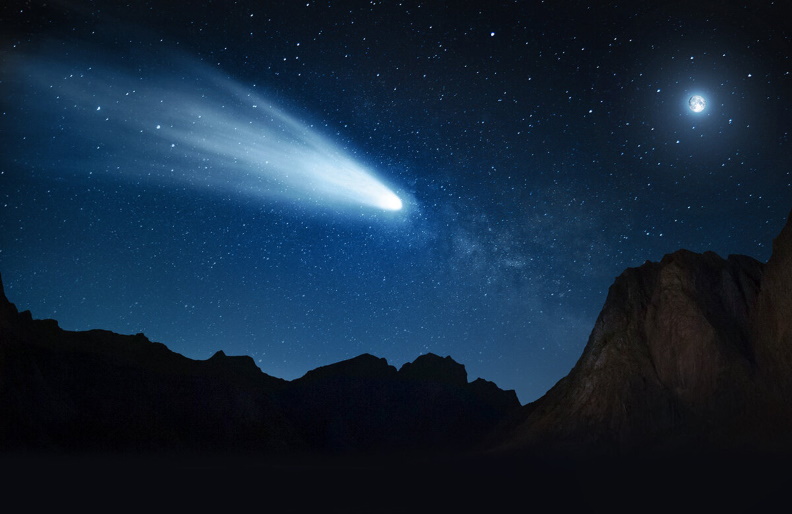
A new study led by a University of Central Florida researcher may fundamentally alter our understanding of how comets arrive
Continue reading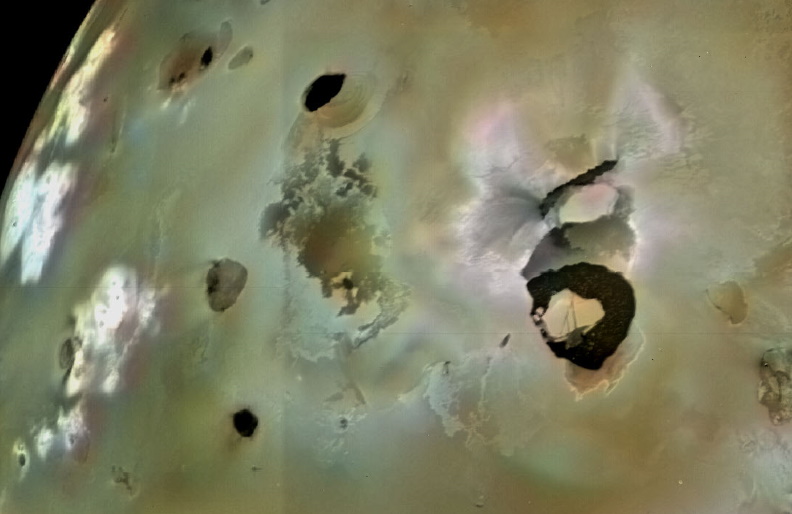
The “most powerful volcano” in the solar system—located on Jupiter’s moon Io—erupts at unusually regular intervals, according to research. In
Continue reading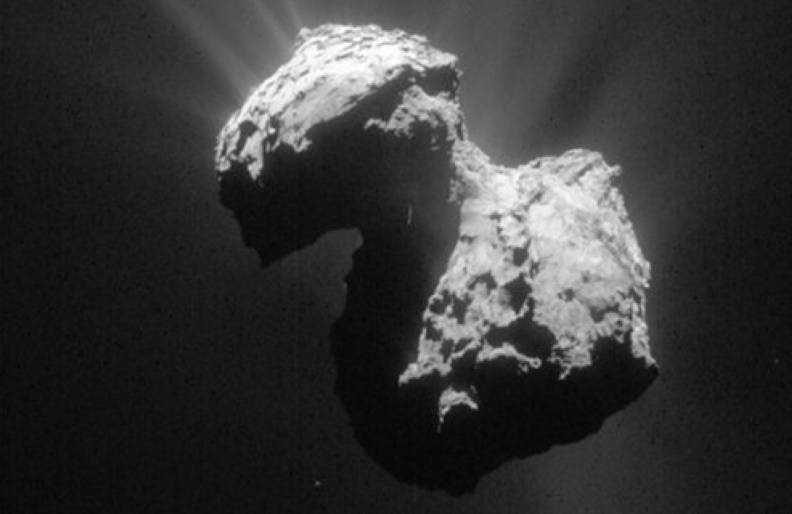
All comets might share their place of birth, new research says. For the first time ever, astronomer Christian Eistrup applied
Continue reading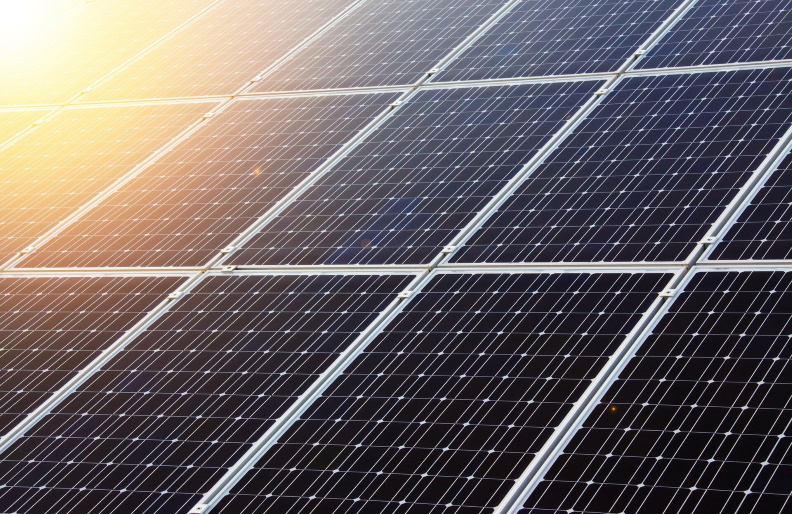
Researchers at the University of Waterloo have developed a way to better harness the volume of energy collected by solar
Continue reading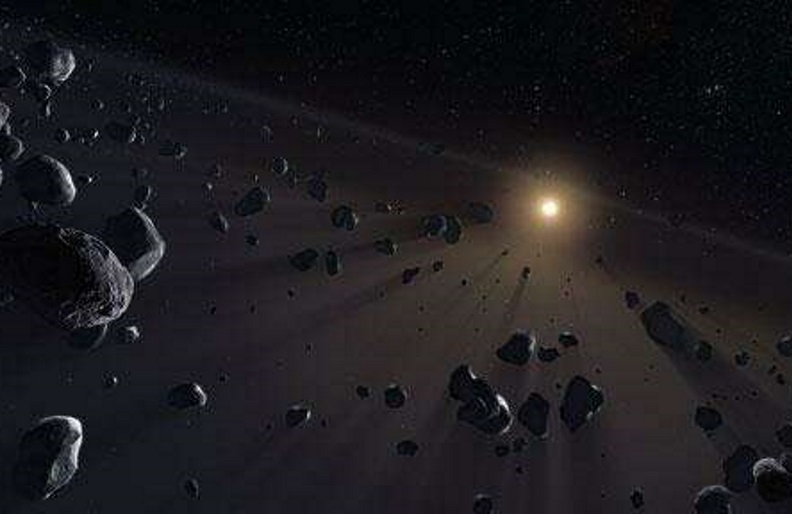
The strange orbits of some objects in the farthest reaches of our solar system, hypothesised by some astronomers to be
Continue reading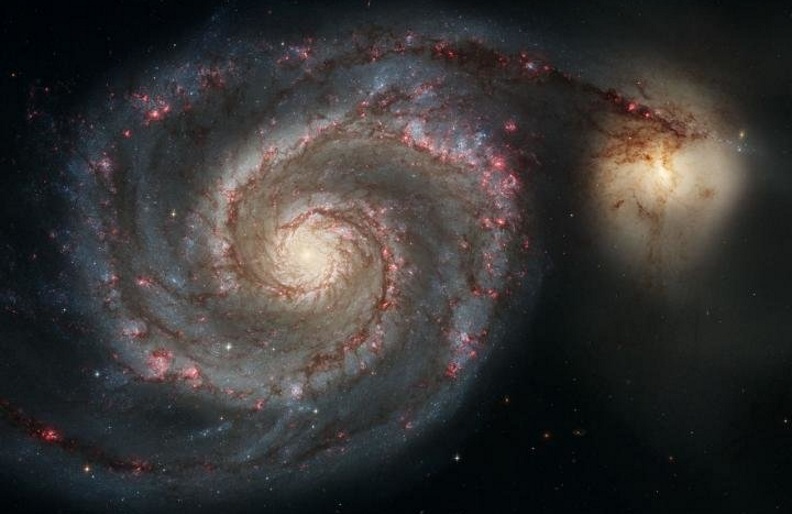
New research led by astrophysicists at Durham University, UK, predicts that the Large Magellanic Cloud (LMC) could hit the Milky
Continue reading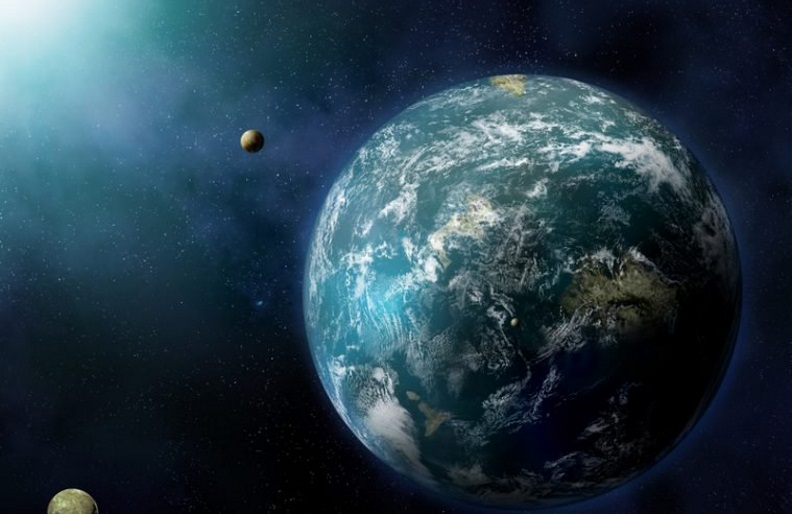
Scientists working with telescopes at the European Southern Observatory and NASA announced a remarkable new discovery: An entire system of
Continue reading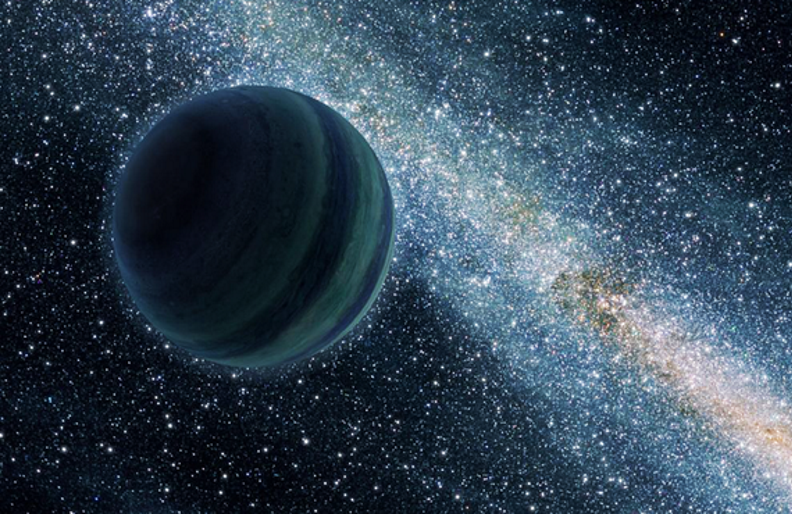
Our solar system is like a 4.6-billion-year-old crime scene. Crater-ridden surfaces, misaligned planetary orbits and streams of interplanetary debris are
Continue reading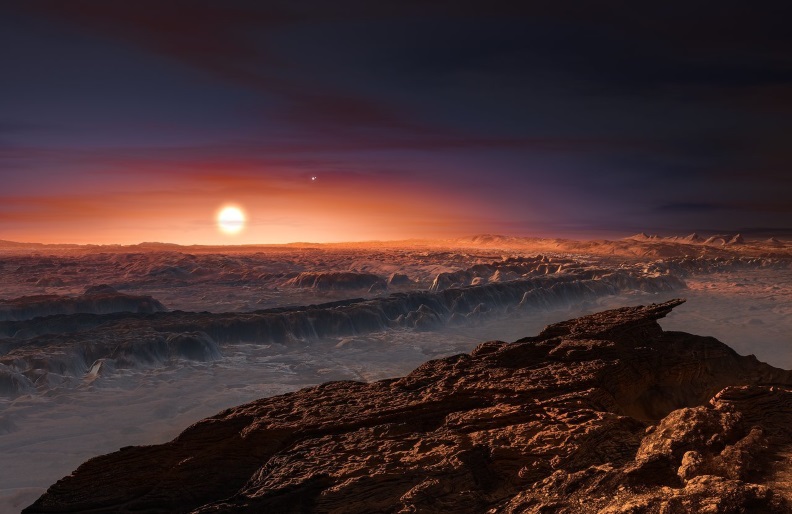
In August of 2016, astronomers from the European Southern Observatory (ESO) confirmed the existence of an Earth-like planet around Proxima
Continue reading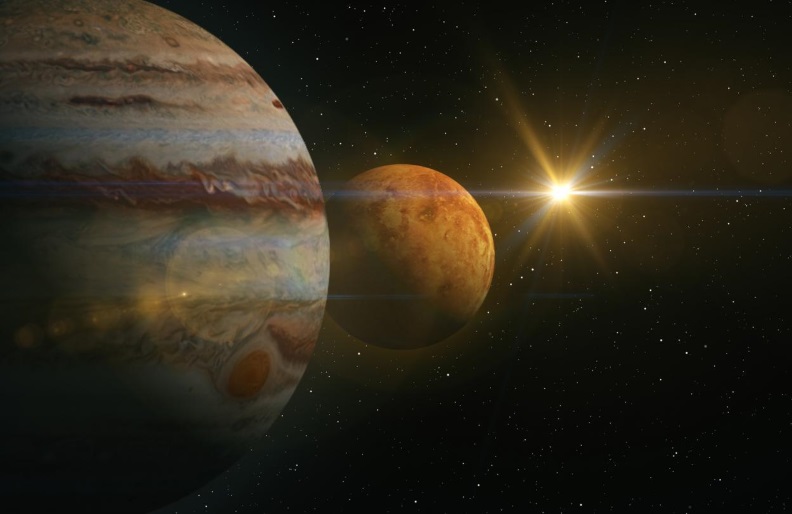
NASA’s New Horizons spacecraft may have spotted a strange and mysterious structure at the boundary of our solar system and
Continue reading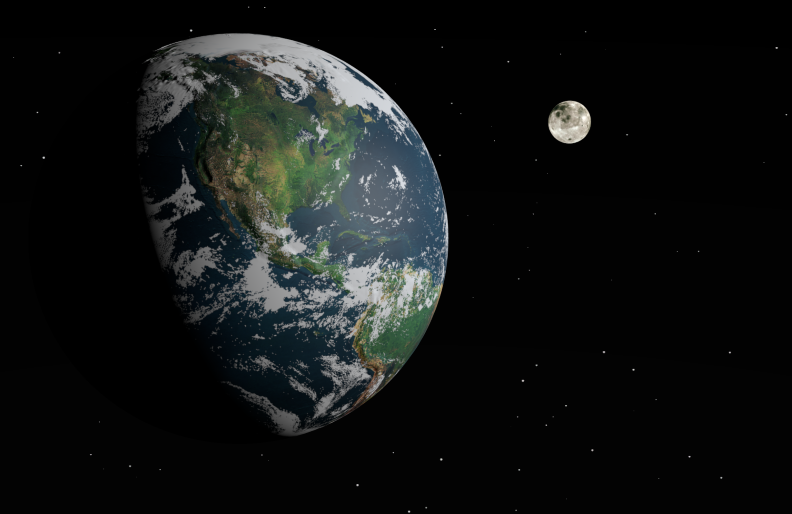
In what would be a pretty major discovery, astronomers say they may have found the first moon beyond the Solar
Continue reading